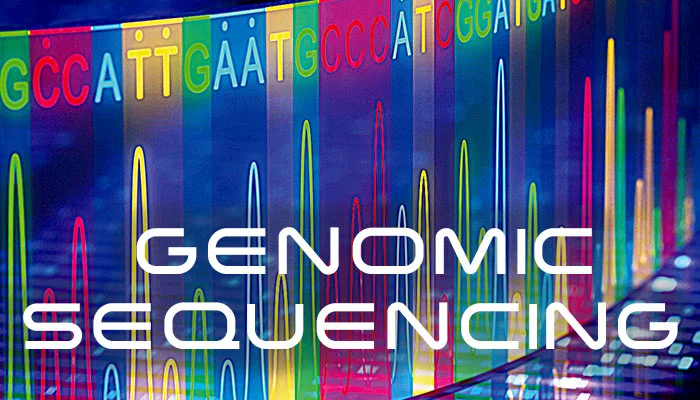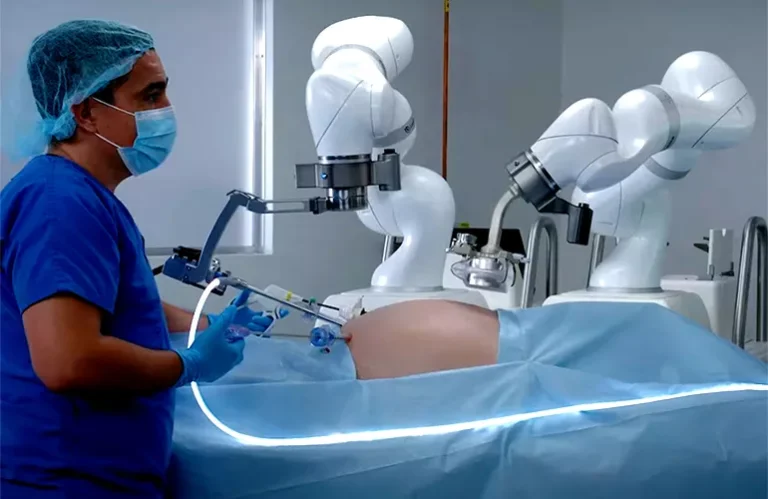
Understanding Rare Diseases
Rare diseases affect between 300 and 400 million people globally—more than cancer and AIDS combined. Despite this, diagnosis often takes 4 to 6 years, a delay commonly referred to as the diagnostic odyssey. These diseases are defined as conditions affecting fewer than 1 in 2,000 people in the EU or under 200,000 individuals in the US. While each disease is uncommon, there are over 6,000 recognized rare diseases worldwide.
Why Diagnosis Takes Time
Several challenges contribute to diagnostic delays. Symptoms can vary widely and often overlap with more common illnesses. Rare diseases frequently involve multiple organs, requiring input from various specialists. Limited awareness and fragmented care pathways further complicate timely diagnosis.
The Role of Genetic and Biomarker Testing
Because many rare diseases are inherited, genetic testing plays a key role. Technologies such as next-generation sequencing (NGS), whole exome sequencing (WES), and cytogenetic testing (e.g., karyotyping, FISH) help identify genetic mutations. Biomarker testing is also used to detect disease indicators and monitor treatment effectiveness, particularly in metabolic and rare cancer cases.

Technology and Collaboration Driving Change
Innovative technologies like artificial intelligence and telehealth are helping bridge diagnostic gaps. AI allows for faster data analysis and pattern recognition, while telehealth provides remote access to specialists. International collaborations such as RARE-X, the Undiagnosed Diseases Network, and Care4Rare are facilitating data sharing and cross-disciplinary expertise to accelerate diagnoses.
Limited Treatment Options
While some treatments—known as orphan drugs—are available, only around 5% of rare diseases have approved therapies. Drug development is limited by high costs and small patient populations, making market incentives low.
Looking Ahead
The complexity of rare disease diagnosis requires a combined effort from healthcare providers, researchers, and technology partners. Ongoing advancements and partnerships are crucial to shortening the diagnostic journey and improving outcomes for patients and families affected by rare diseases.


